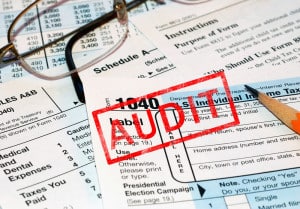Owning and operating a small business can be a challenge. Often, you need to wear a number of hats including the sales person, customer fulfillment, and bookkeeper, among others. The work sometimes seems endless but if you have the right business model and stick with it long enough, success eventually comes. 
The problem is that once you start seeing success in the form of profits/income, you are not only responsible to pay your own income taxes, you must also pay 100% of your Social Security and Medicare taxes, which in 2014 adds up to 15.3% of your net income. This added to your income tax (depending on what tax bracket you fall in) can push your total tax liability to near 50%.
There is a provision in the tax law that allows many business owners to avoid paying a large portion of their self-employment tax, which is the subchapter “S†corporation. It is important to note that “S†is not a type of corporation, but rather a subchapter of an existing corporation. A corporation or LLC is designated “S†by making the election before March 31 of any given tax year to be taxed under Subchapter “S†of Chapter 1 of the Internal Revenue Code.
The Subchapter S Corporation “Loopholeâ€
The major tax “loophole†enjoyed by subchapter “S†corporations is the ability to have the lion’s share of the corporate profits pass through to the shareholders as dividends rather than paid out as income. Here is a typical example; Bob owns XYZ Construction Inc. and earns $150,000 in corporate profits. He draws a salary of $50,000 and takes $100,000 in dividends or capital gains. This allows Bob to pay income and self-employment tax only on the $50,000 he draws in salary, potentially saving him thousands in tax liability.
The above is a simple example of how a subchapter “S†corporation can help a business owner save money on their taxes. It may seem easy, but be assured that the IRS is well aware of subchapter “S†corporations and tends to scrutinize them more closely. You will need to show that you paid yourself a “reasonable†income from your corporation and as with many other areas of the tax code, the definition of “reasonable†depends heavily on the individual circumstance.
Subchapter “S†corporations are not for everyone. They involve more paperwork and record keeping than a sole proprietorship or partnership and some businesses do not earn enough profit to make it worth their while. In addition, as mentioned earlier, they may also draw more scrutiny from the IRS. Consult your tax accountant to find out if a subchapter “S†corporation would make sense for your business.
